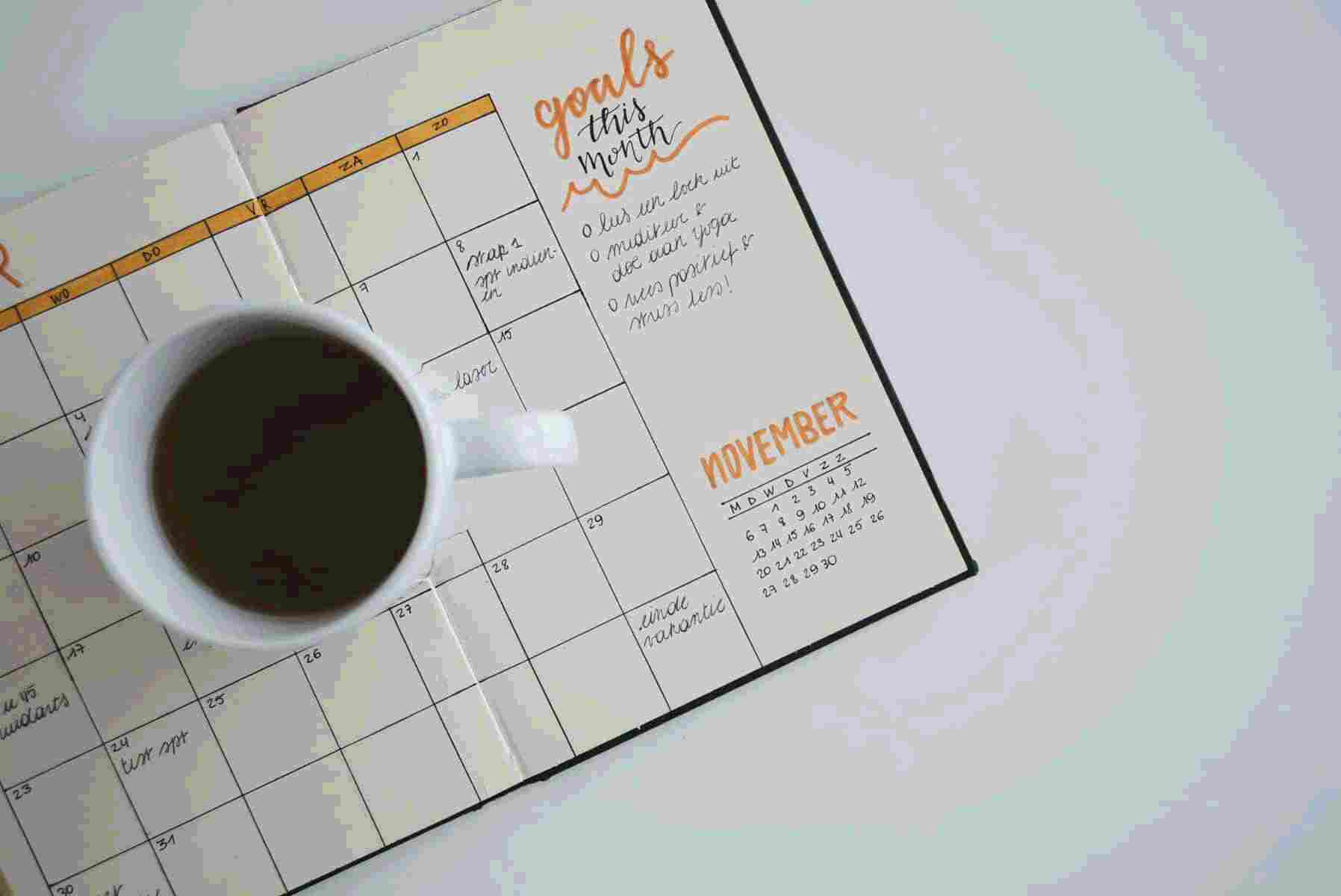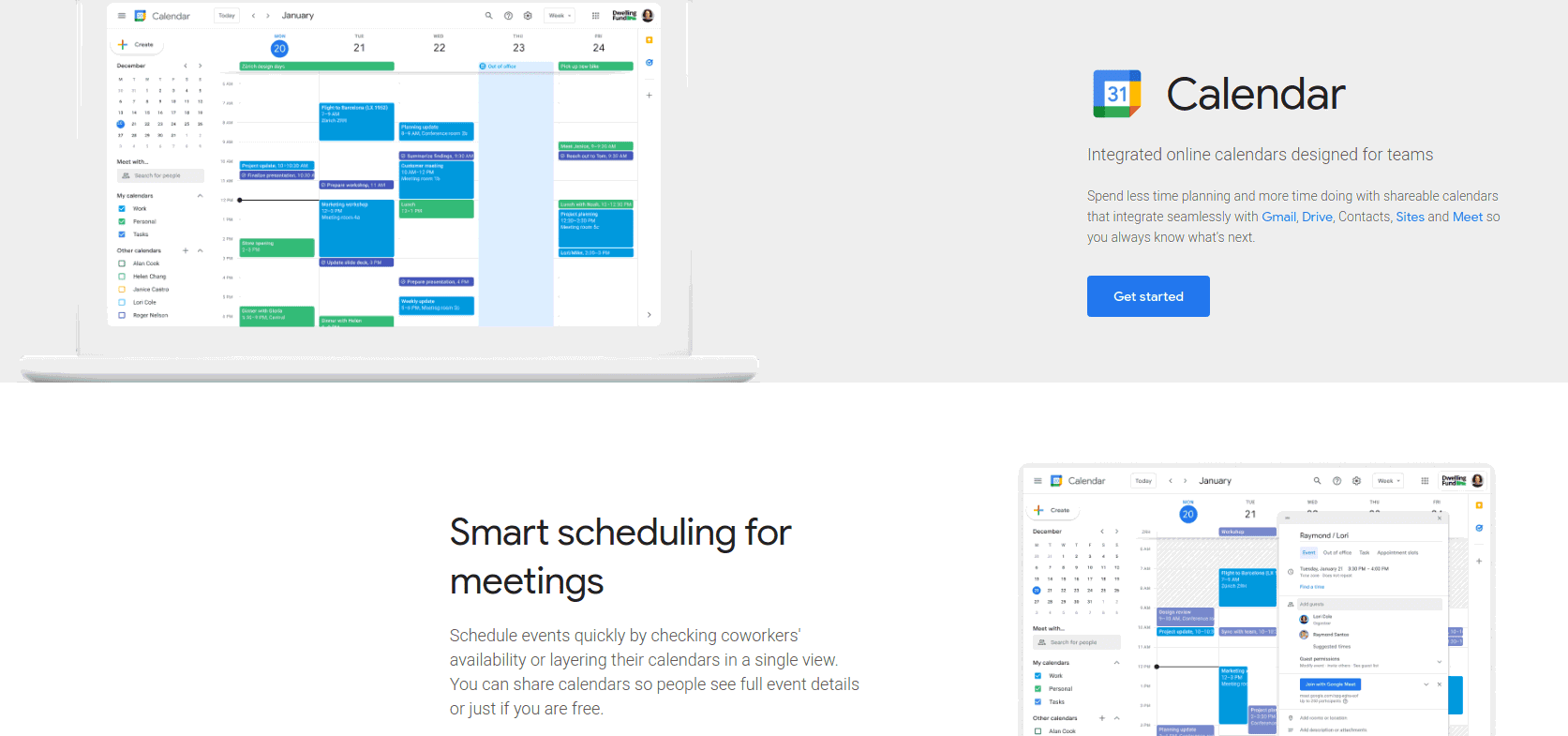Business
How to Create a Social Media Calendar

Do you need a more efficient method to organize, plan and share your social media posts? Do you want an answer that doesn’t require excessive money?
In this article, you’ll learn how to create an efficient social media content calendar to plan and organize your content. Also, you’ll get recommendations for excellent tools that will aid you in the creation and management of the content.

With the constant stream of fresh content, news and concepts, it’s easy to become immersed in managing several websites and social networks. Certain brands such as Wendy’s or Merriam-Webster are well-known for their quick sense of humour and ability to stay up on the latest trends.
1. Make Monthly Short-Term Goals for your short-term goals to achieve long-term goals
It’s crucial to establish the goal for each piece of content you post on social media so that you can monitor what’s working, which kinds of content contribute to your bottom line, and what adjustments to make based upon the results of campaigns.
For the majority of social media marketers, their goals fall under the categories of increasing prospects and also sales. If you are working backwards from your goals for the long term, you can set short-term objectives that can assist you in reaching them.

The key to achieving short-term objectives is, to begin with, a small, precise and established a realistic timeframe for each objective. After every month, you need to monitor your progress, determine the things that worked, and create future goals in the next. Smaller goals typically are in one of these categories:
- Content
- Followers
- Traffic
- Subscribers
- Sales
2. Google Drive
Content Calendar and Asset Organization
Price For personal usage: it’s free. Google Workspace plans for businesses start at $6 per month.
Google Drive includes various useful options that will make it simple for social media marketing professionals to design an effective calendar of content.
Groups might utilize Google Calendar to track their editorial and social media calendars to ensure that posts coincide with the latest blog content. The calendars can be shared across multiple teams to avoid scheduling conflicts and align campaigns.
When you’ve got an idea of the type of content you’ll write about, you need to develop a schedule for posting. After reviewing your previous posts and competitors and posts, you’ll begin to see patterns. Look at the dates and times they published and which platforms they were on. Note any specific themes related to the content. This will assist you in organizing and planning your posts for maximum exposure.

Plenty of conflicting information regarding the frequency you should update your social networks. Certain experts recommend posting as frequently as possible to keep your name in the forefront. Others advise only posting if you have good quality information that is valuable to contribute to the conversation.
Here are some suggestions based on the most recent research about how often to post on every social media site to get maximum exposure:
- Facebook pages: 1-2 per day
- Twitter 3-10 times per day.
- Instagram: 1-3 times per day
- Instagram Stories: 2-5 times per day
- Pinterest: 3-20 times per day
- LinkedIn: 1-2 times per week
3. Check your social networks and the content you post
Before you can begin creating your social media calendar, you must be aware of your profiles on the social network.

Utilize this Social Media Audit Template to make a detailed current record of:
- Accounts that are fake and outdated
- Passwords and security for your account
- Goals and KPIs for every owned account that is branded by the platform
- Your target audience is their demographics, personas and demographics.
4. Invite your team members to review the work, and then use their comments to make improvements
Your calendar will be most effective when it is understood by everyone who uses it for their job. Request feedback and suggestions from your team and stakeholders to ensure that it meets your team’s needs.
As you begin to work with your calendar, consider what it feels like to you and ask your team to keep you updated. If it’s difficult and tinny, perhaps you need to cut back certain details. Maybe it’s not precise enough, and you should include some columns.

When you have completed this procedure, you will have a sturdily written document that even the most recent team member can understand.
5. Design or Create your Media Content Calendar Template for Your Social Media Content Calendar Template
To create an online calendar for social media, you can design the calendar manually or download this template for a social media calendar to begin working from (navigate by using those tabs at the end of your spreadsheet).
If you’d prefer to design your calendar on your own, this is the method I followed to create the above template. Log in to Google Drive and select New to start a new spreadsheet. Select the name to change the name of the spreadsheet.

6. Create, Plan and publish Your Social Media Posts on a variety of platforms
After you’ve mapped your content in your calendar, you’re ready to find and collect the content you want to publish, make blog posts, and create images. If you’re struggling to find the time needed to follow through with your social media strategy steps and produce the content you require, these tools will assist.
7. Your time off is time off
If your content is planned and you’ve set up your content to automatically post at the appropriate time, you’ll be able to have time off. There’s no need to log in to your accounts at work on Thanksgiving, later at midnight, or even on a Saturday morning.

It’s not a stretch to declare that, for many busy social media executives making the social media calendar is self-care.
Conclusion
Utilizing a calendar for social media can help you organize your content around your smart social media objectives and help you coordinate your blog and campaign content to reach the objectives. If you utilize the tools listed above to make and share quality content at the right moment on each platform, you’ll probably get better results from social media.
Make sure you monitor every channel for interaction and respond to your followers and fans daily. Examine the analytics of every platform to find out what kinds of content are most popular with your followers and then use it to inform your future campaigns for marketing.

